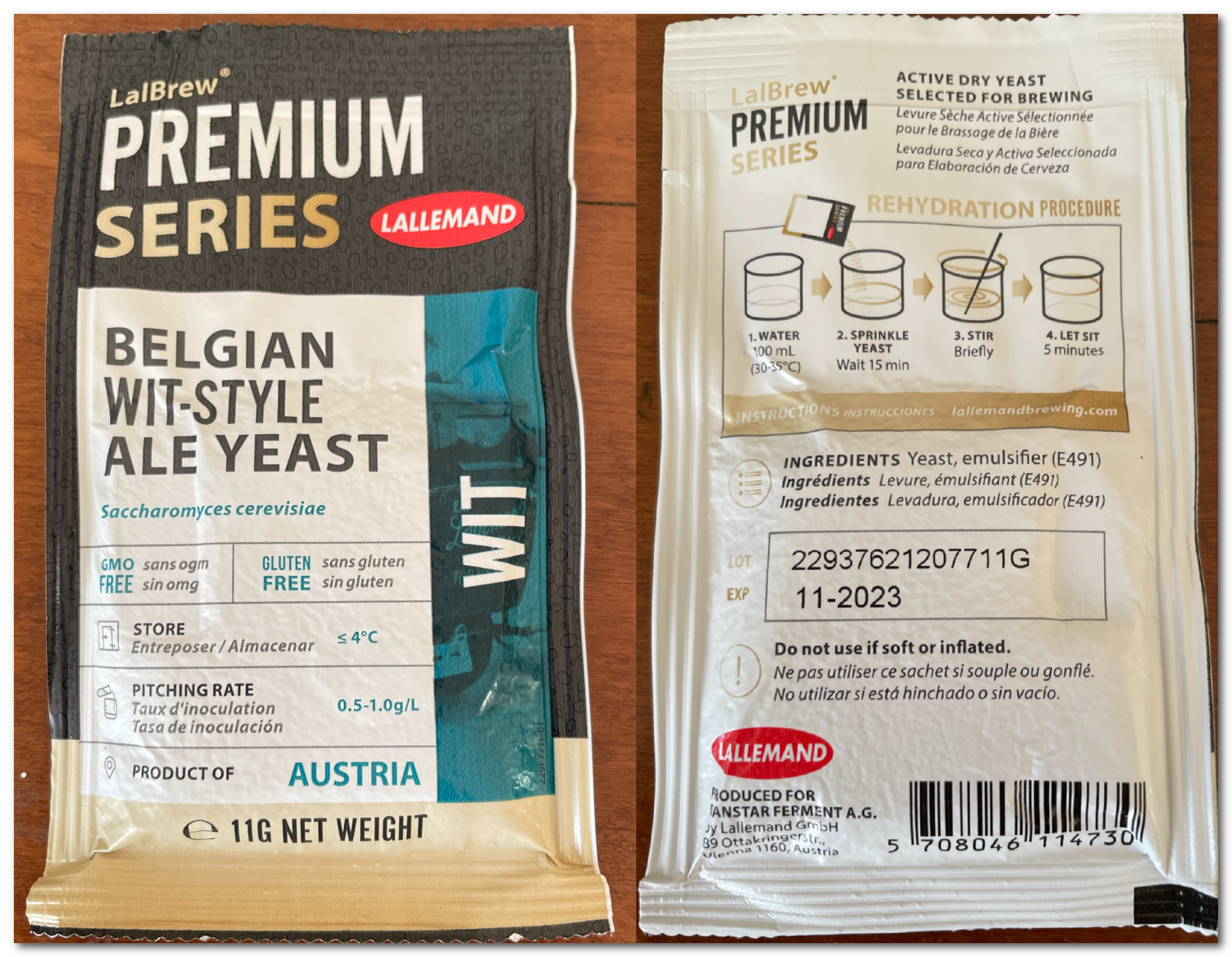jsullivan02130
Well-Known Member
- Joined
- Jun 12, 2008
- Messages
- 205
- Reaction score
- 4
The next thing you're going to tell me is that I could simply go down the street and "buy" beer. Easy? What the hell....










![Craft A Brew - Safale S-04 Dry Yeast - Fermentis - English Ale Dry Yeast - For English and American Ales and Hard Apple Ciders - Ingredients for Home Brewing - Beer Making Supplies - [1 Pack]](https://m.media-amazon.com/images/I/41fVGNh6JfL._SL500_.jpg)


Thanks for resurrecting this zombie. I no chilled and it got a little cold so I pitched my yeast cold instead of letting it warm. I figured less stress since beer was cooler. Best fermentation ever. I pitch all my bread yeast cold, never an issue. So I have to try this.
I pitch from the fridge. I've regularly had my lager yeasts out to a good 25 generations or so before starting a fresh culture for no particular reason. Never an issue. If you believe yeast is showing signs of stress, temperature is probably pretty low on the list of suspects. I'd look at wort composition/ nutrients, oxygenation, yeast health, and pitching rates first. And the effective pitching rate could be lower than assumed if health of the yeast is compromised, and this effect will be cumulative over generations.
I also had a good fermentation, but my only logical explanation was why I got a beer full of esters, reading various texts, because of the yeast stress on the big temperature difference.
I'll try without a cold pitch so I'll see the results.
I think "shocking" yeast has more to do with warm yeast being pitched into cold wort.Denny, you the man, love the show, the music. Just wanted to say that. Always heard something about "shocking" the yeast by pitching fridge temp yeast in warmer wort. Anyone know how this myth caught steam. I mean this is huge, isn't it? How many people concern themselves with matching wort and pitch temp, I was.
I think "shocking" yeast has more to do with warm yeast being pitched into cold wort.
A microbiologist (one is bound to jump in here at some point) will tell us that thermal shock in either direction is a real thing. They can observe it in their labs. But does it have any practical effect? I don't doubt that pitching warm yeast into much cooler wort could (temporarily) slow it down. But pitching yeast into relatively warmer wort should only help to wake it up. These seem to be the macro level effects that homebrewers see. And remember that the manufacturers' recommended rehydration practice for dry (active) yeast is to temper it from rehydration temperature to wort temperature with aliquots of wort, making 10°F drops at 15 minute intervals. Apparently even an instantaneous 10°F change isn't harmful, though a much greater one could be. At least that's the inference I draw.
They finally caught up with me. I was way ahead of my time.FWIW, dry yeast manufacturers no longer recommend rehydrating.
FWIW, dry yeast manufacturers no longer recommend rehydrating.
